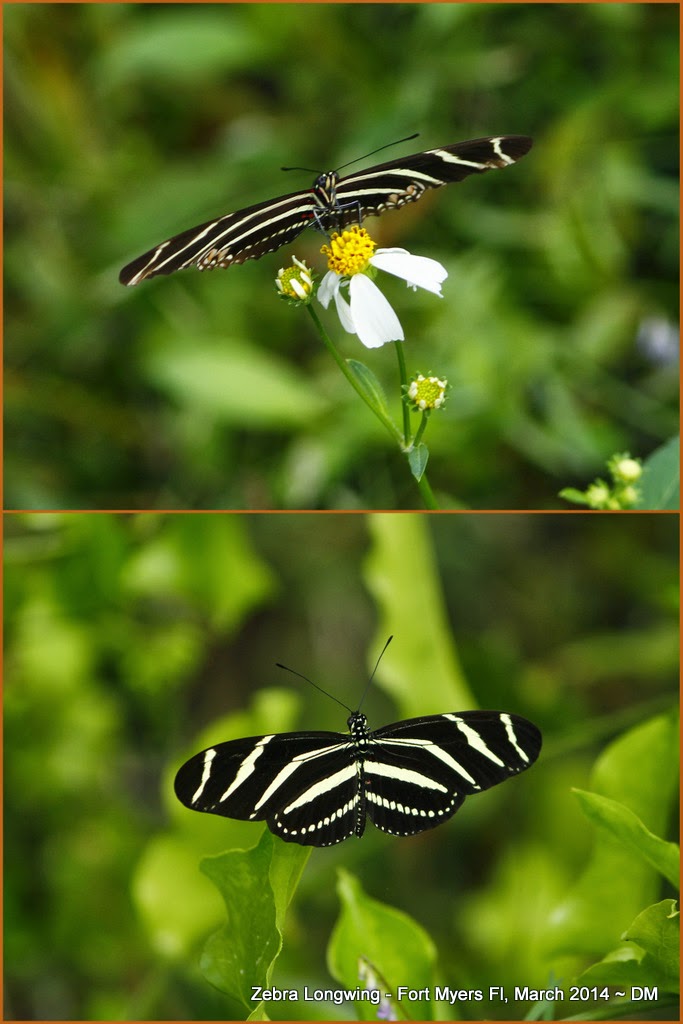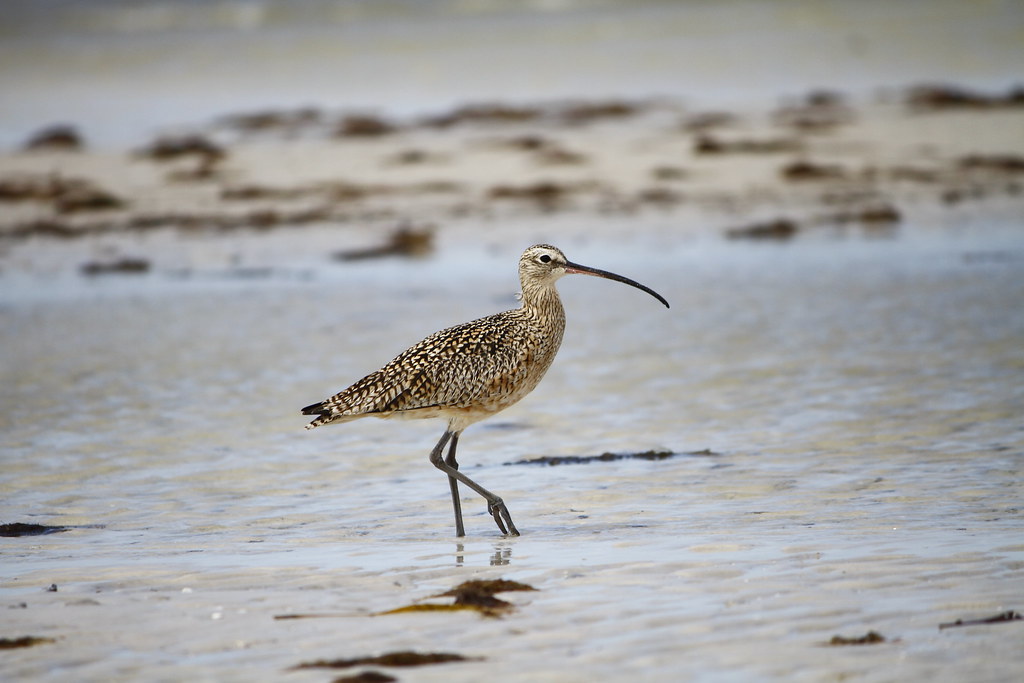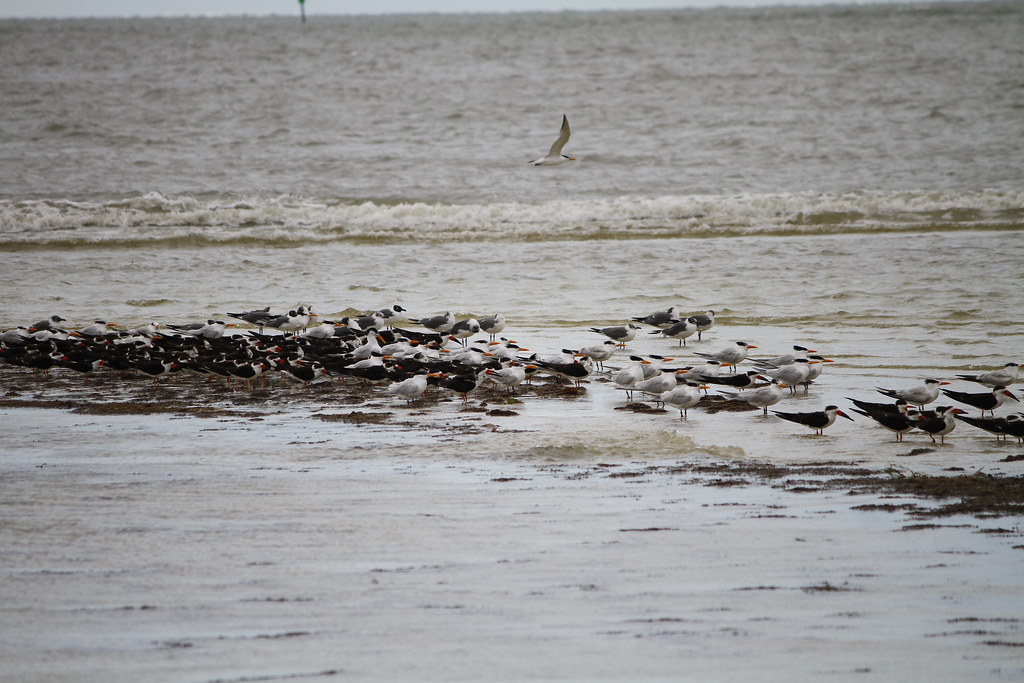 |
| Monarch on Milkweed |
Who in Southern Ontario hasn't marveled at the beauty of Monarch Butterfly? They were so common over the years, I would hardly bother to photograph them. But, this last summer was dramatically different... Monarchs were absent (or dramatically reduced to occasional singles). The butterfly community took notice. Even Point Pelee didn't do its Annual Monarch Count this year because, there were none to count?!?! (I think even when counts are low, they should still do a count... Wouldn't that be the scientific thing to do?)
I hope we as a people can work to keep these gorgeous butterflies alive by ... if nothing else, raising awareness & perhaps requesting political action. I have already contacted the Essex County Field Naturalists about considering contacting our local municipalities and ask what their herbicide spraying activities are or better yet, could milkweed be planted along roadsides, hydro and rail corridors etc?
I might even get seeds myself and possibly attempt to sprout some seeds indoors to get them ready to transplant outside. Might be a fun activity to get my son Matthew involved with.
According to the David Suzuki link listed below, the number of wintering Monarch Butterflies in Mexico has been dropping at alarming rates. The Suzuki source states some threats and remedies below:
Threats include:
- Loss of native plants like milkweed
- Severe weather events
- Continued logging in Mexican forests
- Increasing milkweed and native, pollinator-friendly species throughout the U.S. and Canada
- Reducing herbicide and pesticide use
- Stronger protection of monarch wintering grounds (Suzuki)
 |
| http://monarchjointventure.org |
Chart Source: http://monarchjointventure.org/news-events/news/2013-14-monarch-overwintering-population-numbers-released
The Government of Ontario has declared Milkweed to be a noxious weed. They state: "Common milkweed can be a very difficult weed to control in many field crops thereby causing significant reductions in crop yield and quality. This can have a considerable negative impact to a grower's net economic return. In the last 10 years, new herbicide technologies have greatly improved the control of common milkweed in field crops. However control of common milkweed around field borders is essential as it minimizes seed spread into fields and therefore reduces the reliance on herbicides for "in field" control." (http://www.omafra.gov.on.ca/english/crops/facts/faq_weeds_act.htm)
But sadly, when milkweed is destroyed with amazing new "herbicide technologies" , species that depend on it as its host plant are also eradicated.
If we as a human species, in our relentless quest for growth, development, vanity and improved agricultural yield... if we let this little insect drop away from our summer and fall outdoor experience, ... deny ourselves and our kids from seeing this delightful mix of black, white and oranges... we are truly poorer as a people.
Good butterfly watching!
Dwaynejava
More Reading:
http://fletcherwildlifegarden.wordpress.com/2012/05/22/growing-common-milkweed-from-seed-easy-steps-for-beginners/ (Milkweed is a noxious weed in Ontario...)
List of Milkweed seed providers by state/province
http://monarchwatch.org/bring-back-the-monarchs/resources/plant-seed-suppliers
A sample Ontario milkweed seed supplier
http://wildflowerfarm.com/




























